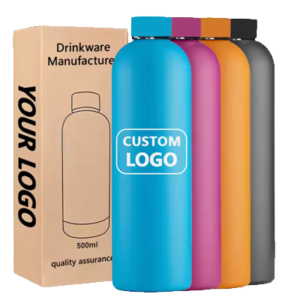What is partial stamping?
Partial stamping is a specialized metal processing method that uses localized pressure to shape and form sheet metal into specific designs and patterns. This technique is essential for creating detailed and precise features on metal parts, making it an invaluable tool in modern manufacturing. By employing stamping molds and machines, partial stamping facilitates the efficient production of diverse metal components and products.
Table of Contents
ToggleAdvantages of Partial Stamping
- High Precision:
Partial stamping enables accurate processing, allowing for the creation of intricate shapes and designs that meet precise specifications. - Efficiency in Mass Production:
This method supports high production efficiency, reducing both production cycles and costs, which is ideal for large-scale manufacturing. - Versatility Across Materials:
Partial stamping is adaptable to various metal materials, making it applicable to numerous industries and product requirements. - Material Optimization:
By minimizing waste and maximizing the use of sheet metal, partial stamping is a cost-effective and environmentally friendly processing method.
Applications of Partial Stamping in Water Bottle Manufacturing
While partial stamping is widely used in industries such as automotive, aerospace, electronics, and machinery, it plays a significant role when custom water bottles. This technique is particularly effective for producing decorative and functional parts, such as lids, bottle bottoms, and handles.
- Lids:
Partial stamping can create intricate textures and raised patterns on bottle lids, enhancing their aesthetic appeal and functional design. - Bottle Bottoms:
Non-slip textures or raised details can be added to bottle bases to improve stability and grip. - Handles:
Handles can be shaped and textured for improved ergonomics and aesthetics, ensuring better user experience and visual appeal.
Key Considerations for Partial Stamping in Water Bottle Manufacturing
To achieve optimal results, manufacturers must carefully choose suitable stamping molds and machines based on product designs and specifications. During processing, critical factors such as pressure, speed, and temperature must be controlled to ensure accuracy and consistency.
Post-processing steps, including polishing, cleaning, and surface treatments, are also essential. These ensure the final parts are smooth, visually appealing, and resistant to corrosion and wear.
Partial stamping is a versatile and efficient metal processing method, offering high precision and adaptability across industries. In the water bottle manufacturing industry, it enables the creation of decorative and functional features that enhance both the appearance and performance of products. By selecting appropriate equipment and following precise processing techniques, manufacturers can achieve high-quality results that meet diverse market demands.


